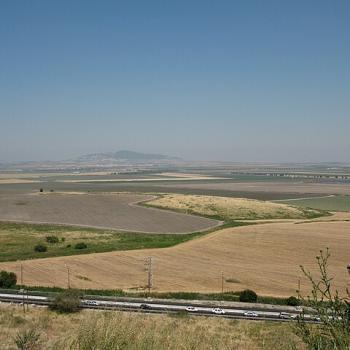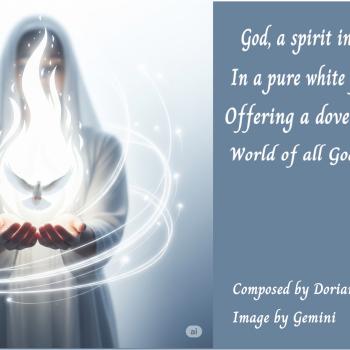Of course, in a world in which family life is undermined and faithfulness and loyalty are old-fashioned concepts, living in community will not be easy. The broader culture rarely reinforces values such as fidelity, the common good, and social solidarity. It's everyone out for themselves. We're on our own, whether we like it or not. And yet for growing numbers of Christians this world, with its dominant ideology of expressive individualism, is not the final adjudicator of what is or is not possible, let alone desirable. The world Christ was born into was also splintered and confused; it was violent, factious, morally corrupt, spiritually bankrupt, full of tensions, and teeming with competing interests. Yet, into this world a brand new social order erupted. It caught everybody's attention, and eventually transformed the entire Roman pagan system.
Throughout the history of the church, movements of renewal have arisen. In each instance, the church's spiritual and corporate life was revitalized. The question before us today is this: Are we ready and eager for a new work of the Spirit in which everything, including our lifestyles and corporate structures, is turned upside down?
If so, this book can help. It is intended to encourage and strengthen the current movement of the Spirit in which people are consciously pledging themselves to live out their faith with others on a radically new basis. Part i presents a vision of community, supplying a theological and biblical ground on which to be God's people together. Many people seek out intentional community to ameliorate such problems as loneliness, economic injustice, racial division, and environmental destruction. These are good, and yet we must step back and first grasp what God's plan is for his people and the way in which we are to build for God's kingdom. Part ii tackles the question of what community means and what it takes to nurture it. Forming community is not just living close to one another. Prisoners do that. Rather, community demands personal sacrifice and personal transformation.
The ideal of togetherness is one thing; becoming a vibrant, united circle of comrades that remain together is another. Part iii covers some of the nitty-gritty issues of living in community. New communities of faith often fall to pieces simply because they are not able to navigate the mundane matters of human coexistence. We need to unlearn certain ways of being before we can go the long haul with others. Finally, Part iv addresses the need for every community to see beyond itself. Community is not an end in itself. An inward looking community will eventually implode. Christ gathered his disciples together to serve a purpose larger than themselves, to pioneer God's coming reign in which all things will be reconciled.
The selections in this volume are, by and large, written by practitioners – people who have lived in community and who have discovered what it takes to fruitfully live a common life with others. The writings of Eberhard Arnold, Dietrich Bonhoeffer, and Jean Vanier are especially notable. Nothing can replace Arnold's Why We Live in Community, Bonhoeffer's Life Together, or Vanier's Community and Growth. These books should be read in their entirety. Yet there are countless other voices that have wisdom and insight to offer. This collection brings many of these diverse voices together to address some of the most essential issues of community life.
You may be reading this book on your own. However, it is best read and discussed together with others. There is little point in reading a book such as this unless it actually helps you to build community with others. Whether you have just begun thinking about communal living, have already embarked on a shared life with others, or have been part of a community for many years, the selections in this collection are meant to encourage, challenge, and strengthen you to follow the call to live as brothers and sisters in Christ. Growing together takes time. That's why the book has been divided into fifty-two chapters, so you can read one chapter a week and then meet together to discuss what you've read.
It has been said that true community is all or nothing, and that communities which try to get there by degrees just get stuck. This may be true. And yet, much like a healthy marriage, it takes time and wisdom to build a community. It also takes very little to break and destroy a community. Perhaps this is one of the reasons why so few people dare to commit themselves to building a common life. As Henri Nouwen writes, fearful distance is awful, but fearful closeness, if not properly navigated, can turn into a nightmare.6
Thomas Merton once noted that living alone does not necessarily isolate people, and that merely living together does not necessarily bring us into communion with one another.7 So what is the key to communing with one another? Hopefully the selections in this book will help to answer this question. In the meantime, community as Christ intended it demands, if nothing else, a commitment to care for one another – to be our brother's and sister's keeper. Without simple deeds of love, community is not possible.




